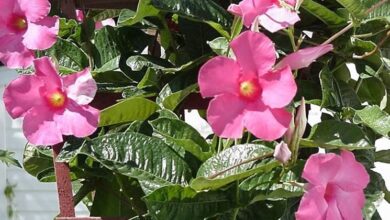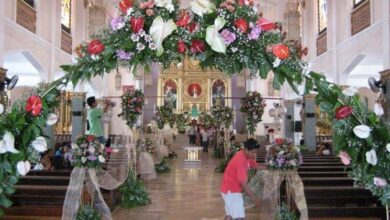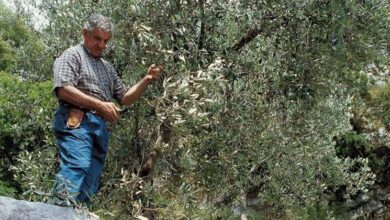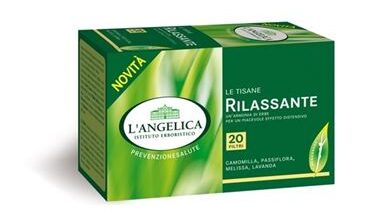Liturgical floral art
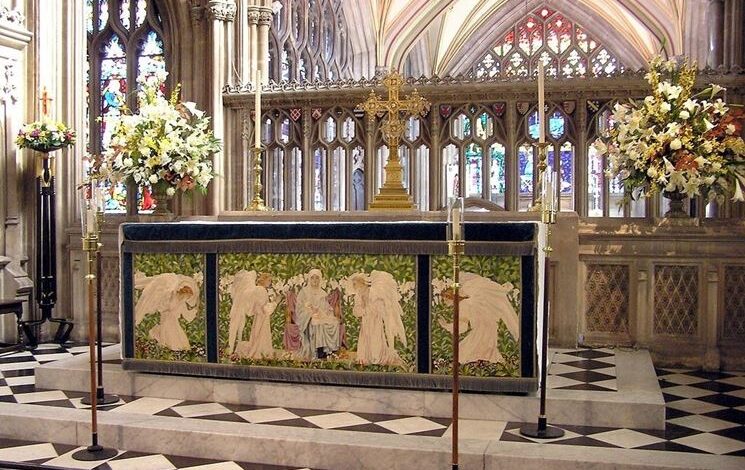
Exaltation of God’s work
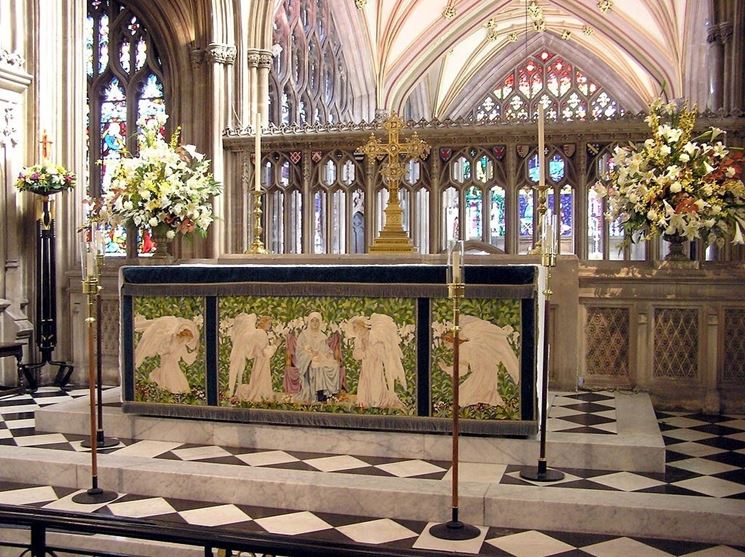
Flowers and liturgy
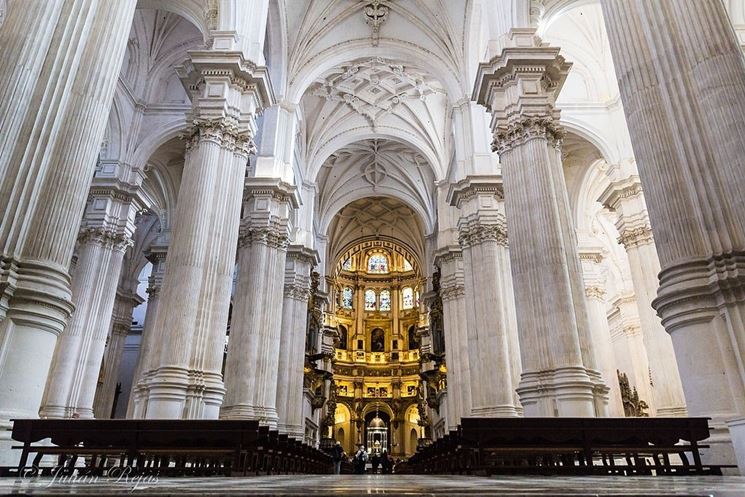
Floral art, as the word itself says, is based on a well-defined decoration project. The study of the composition recalls the particular occasion for which it is destined. The colors, shapes and arrangement is not random. It starts from the rite and the consequent liturgy. The liturgical calendar includes periods of ordinary time and holidays. Christmas, Easter, Pentecost are the main moments. In the ordinary period of time, floral art will be inspired by the environment. Flowers of the period will be used without having to resort to artificially grown flowers. Nature will be the inspiring muse to create the right atmosphere. Obviously, churches are not all the same, so the architectural style, light and space available must be taken into account when choosing the decoration.
Floral decorations for Christmas, Easter and Pentecost
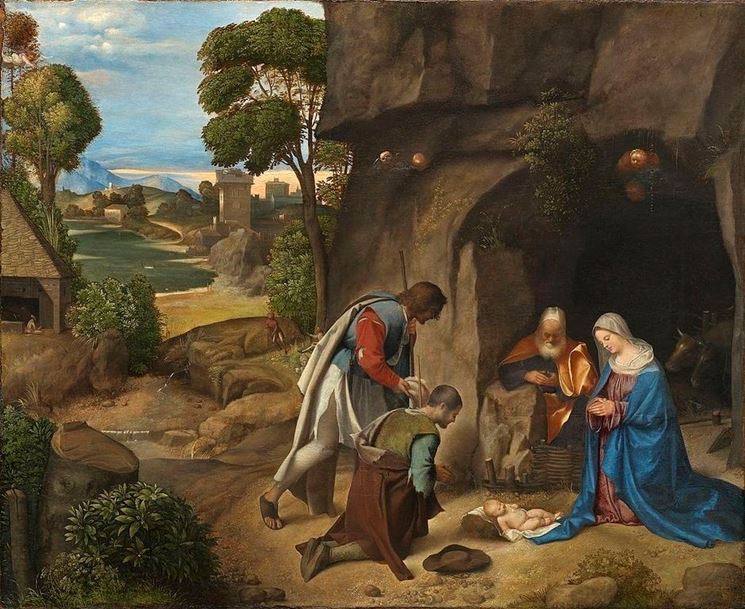
For the Catholic religion, Christmas represents the birth of Christ the Savior. A religious moment of particular importance that must be celebrated with due rite. The liturgical floral art includes decorations that speak of love, peace and serenity. The decoration of the ambo is what should stand out. The readings that will be read will speak of the coming of Jesus among us. Carnations, lisianthus, white roses will be interspersed with pine branches. Green will stand out as the joy that must pervade hearts on such an important day. Easter is the feast of light, of the Risen Christ and of the victory of life over death. The colors of the flowers will recall the light. The chosen shades will start from white to get to yellow and orange. The ambo will be decorated with white flowers complemented by palm branches. The paschal candle will be completed with an explosion of colors. The flowers will be white, yellow and orange. The composition can rest on light colored woods such as birch. Floral art on the day of Pentecost, on the other hand, will be expressed through bright colors such as red and orange.
Liturgical floral art: The rule: essential and significant
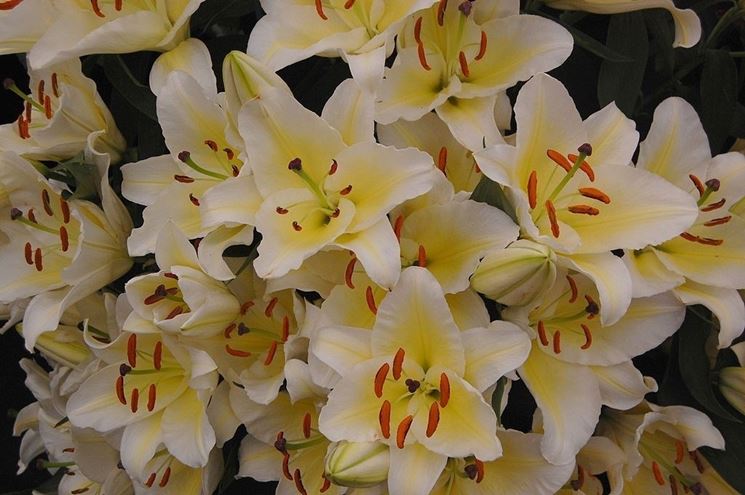
The flowers used to make a decoration in the church must not exceed in quantity. In liturgical floral art, abundance does not necessarily mean more love for God. Space and voids serve to let the light shine through. The colors and shapes must not divert from what must be a moment of recollection. During the period of Advent and Lent there is a moment of waiting. The voids and the concave shape of the compositions symbolize a heart open to the arrival of the Savior or to his Resurrection. The decorations are also used for the celebration of weddings, baptisms and communions. Their presence will make the atmosphere happy. Likewise, the flowers must be discreet and symbolize the moment of celebration. The union between two people,

